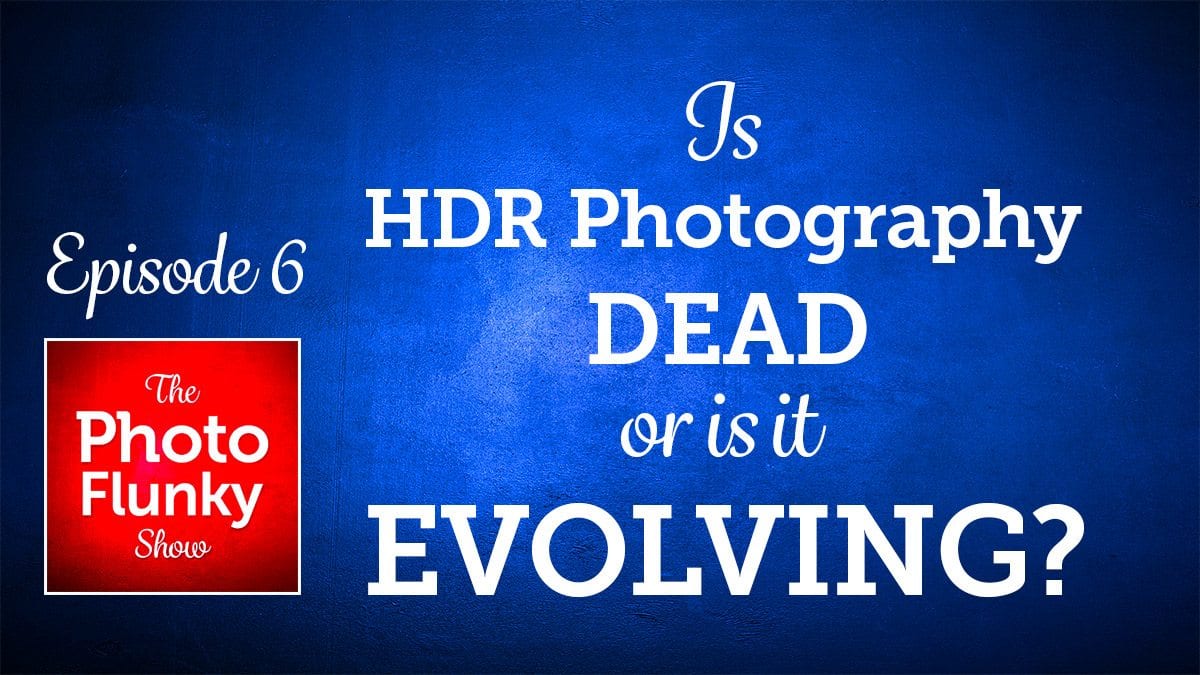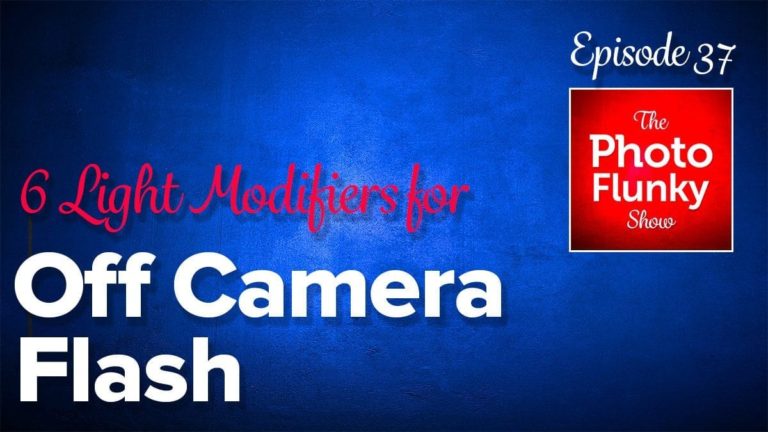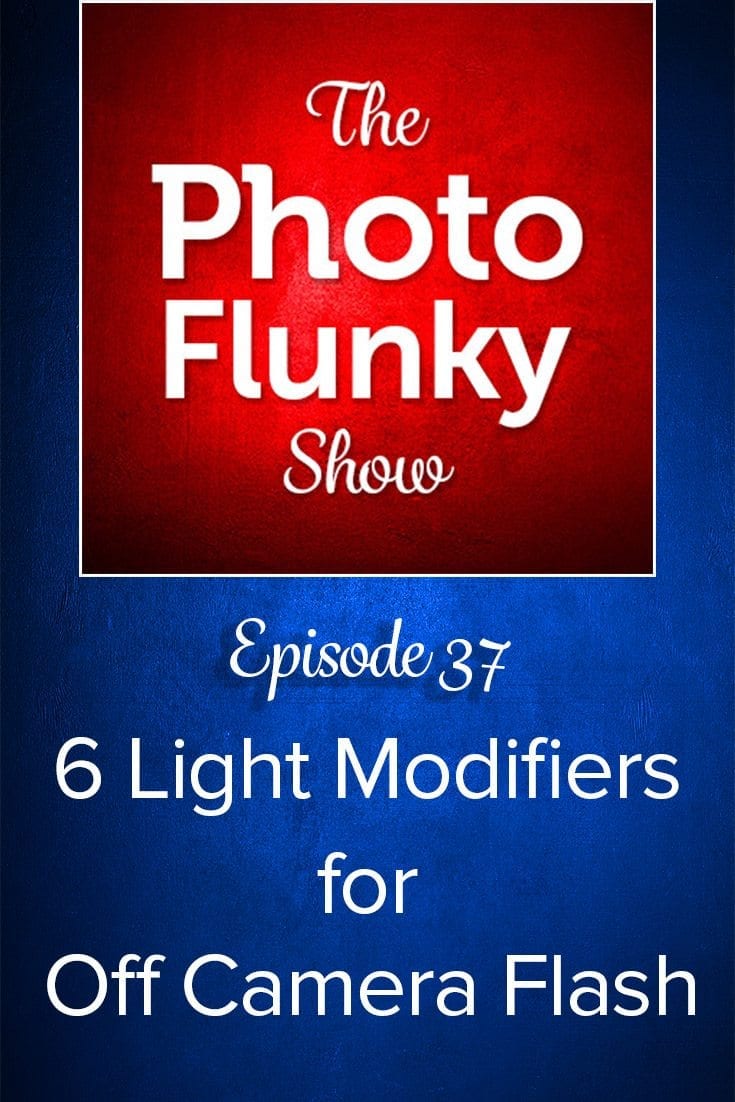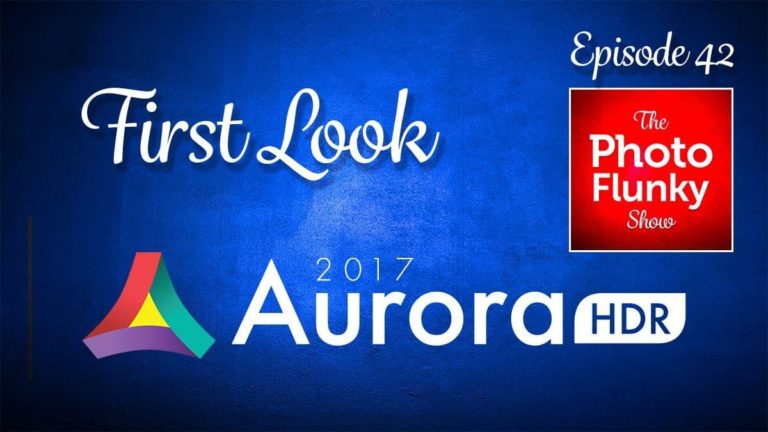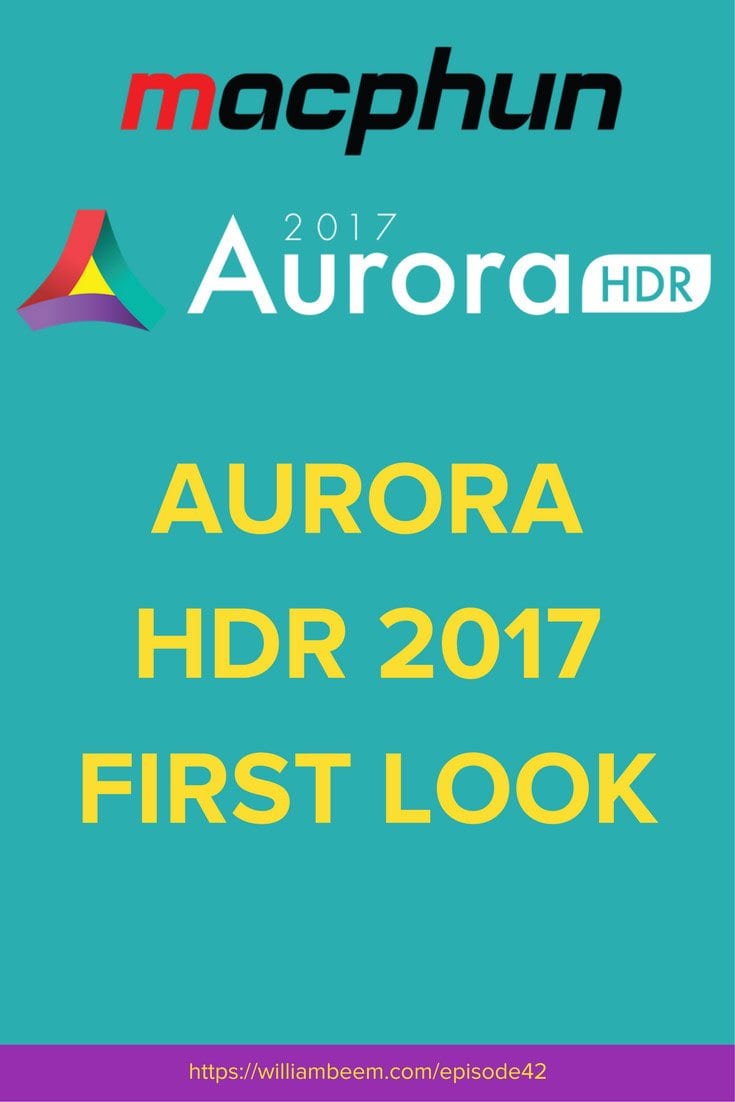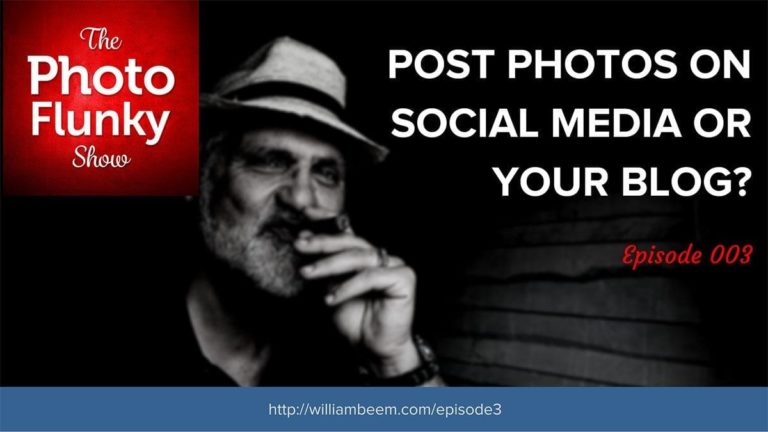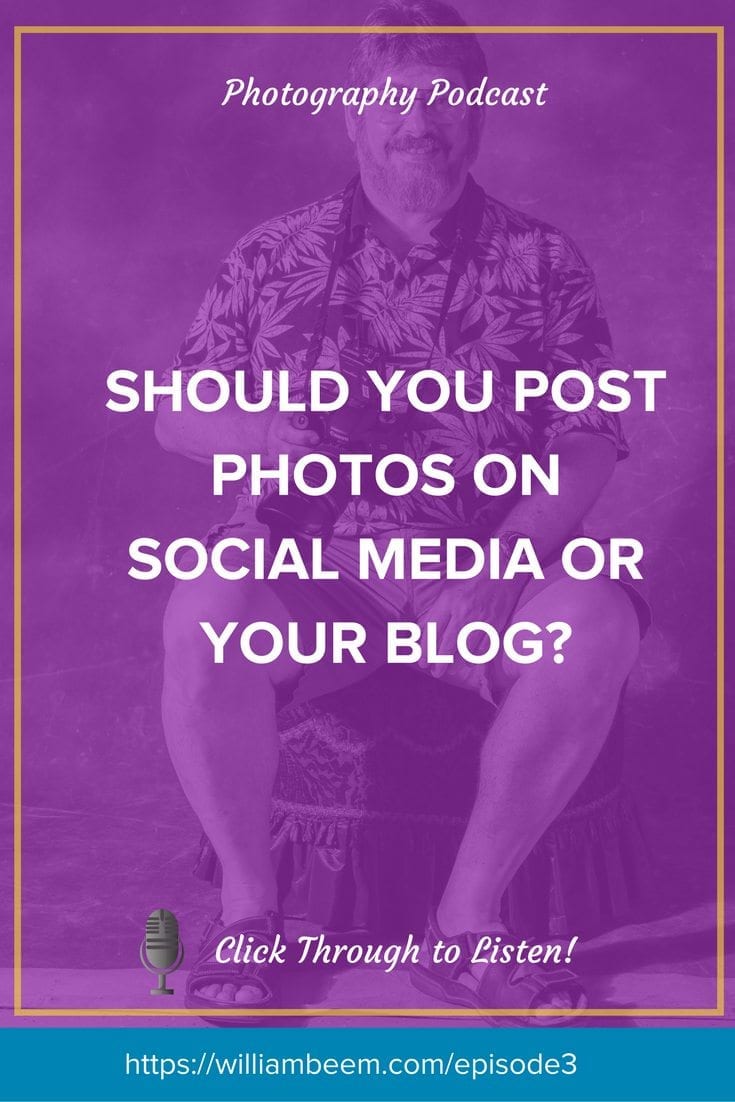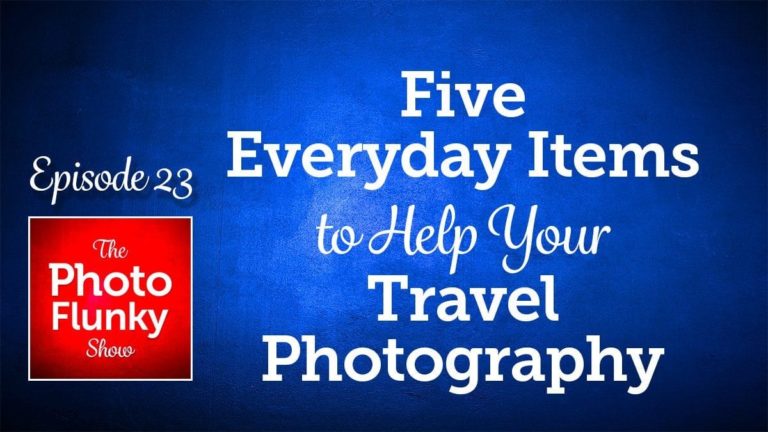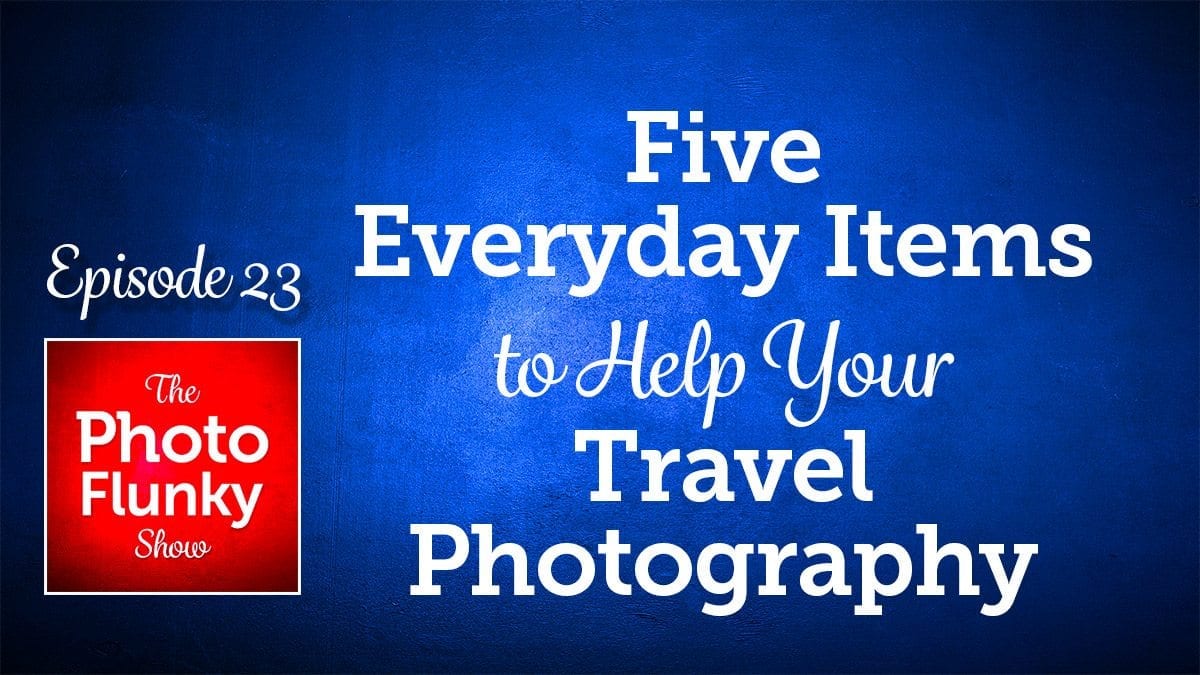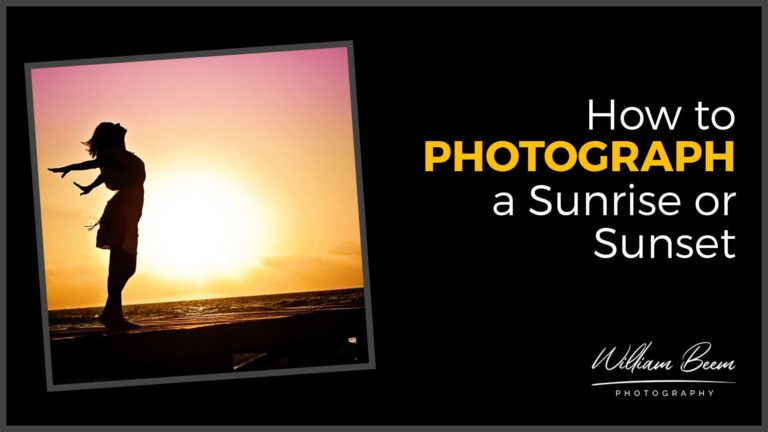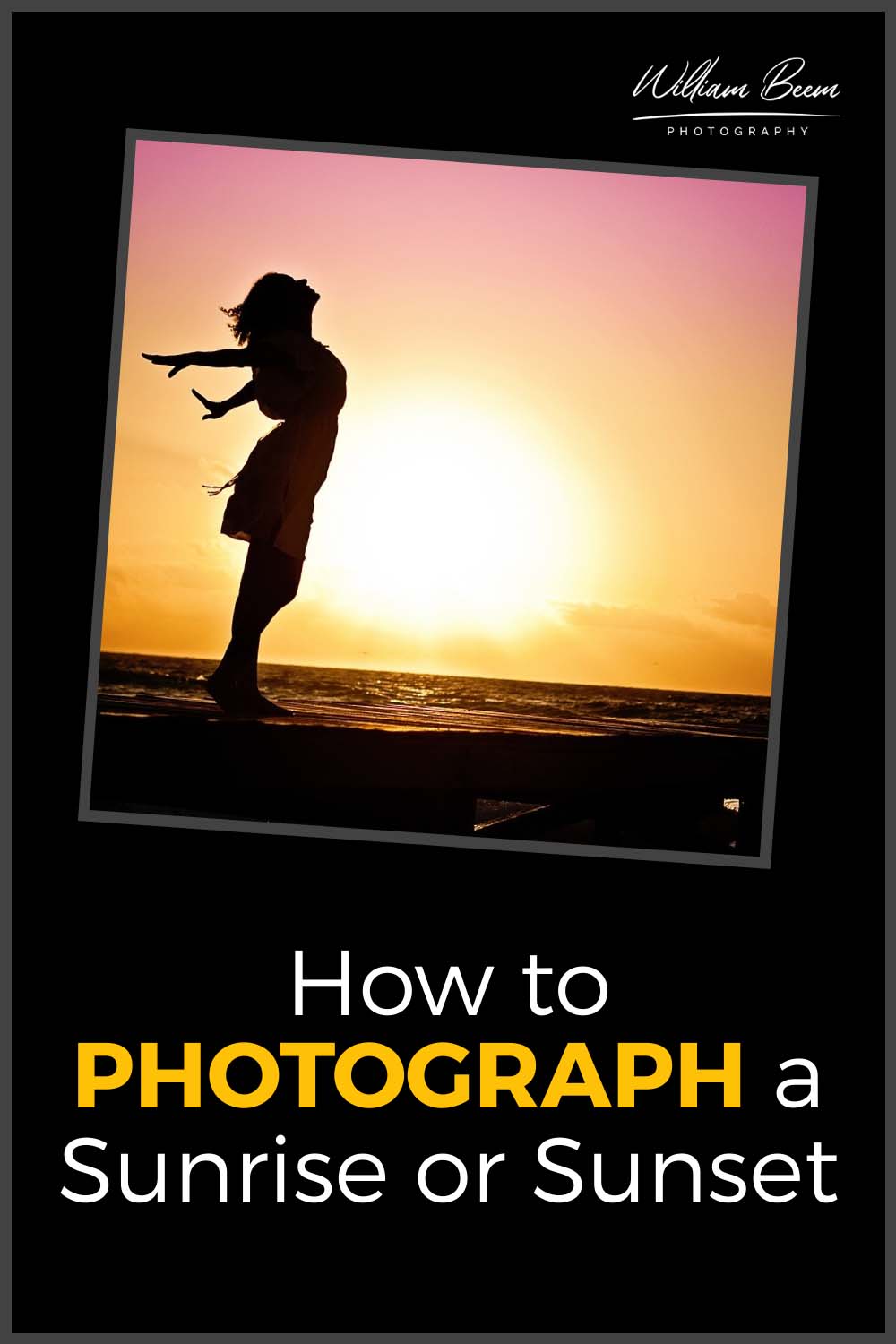Affiliate Disclosure: We earn a commission if you purchase through one of our links at no additional cost to you.
Is the heyday of HDR over, or has the game changed with new techniques like 32 bit TIFF files and Luminosity Masks? With modern cameras using better sensors, do you still need HDR?
Software products like Photomatix and Nik’s HDR Efex Pro haven’t seen a substantial update in a while, yet we have new HDR software from Macphun and Trey Ratcliff.
Related Links
- Trey Ratcliff’s Review of Adobe Lightroom HDR
- Digital Photography School Talks About the Death of HDR
- How to Create a 32 Bit TIFF
- Aurora HDR First Look (video)
Recommended Products for HDR Photography
Macphun Coupon Code
I mentioned at the start of the show that you can save 10% (or $10) on Macphun software using my coupon code. This is my affiliate code, which means that I make a small commission if you purchase from me, but it also means that you save money.
For Macphun products like Luminar and Aurora HDR, you save $10.
For other Macphun products, like the Creative Kit, you save 10%.
Just visit: https://williambeem.com/macphun
When you check out, use my Macphun coupon code: BEEM
Subscribe to The Photo Flunky Show
Thank you for listening to The Photo Flunky Show. Make sure you get every episode by subscribing.
iTunes – https://williambeem.com/itunes
Stitcher – https://williambeem.com/stitcher
Google Play – https://williambeem.com/googleplay
Blubrry – https://williambeem.com/blubrry
Social Media Links
We love seeing your photos and keeping in touch with you on social media. Here’s where you can find us.
Transcript
PHOTO FLUNKY – Episode 6
I’m your host, William Beem. Welcome to the Photo Flunky Show, Episode number six.
Today’s topic: Is HDR Photography dead, or has it just evolved?
Hi, thank you for joining the Photo Flunky Show, available at photoflunky.com. It’s part of my website at williambeem.com and I’m happy to say we’re now on iTunes and Stitcher Radio. There are links at photoflunky.com if you’d like to go there and subscribe.
Before we get started with the topic, first off I want to say thank you very much to a few folks who helped us out by sharing on social media about the show. We’re new and getting started and it helps when you can spread the word for us.
So with that in mind, my thanks to:
James F Lauber
MG Photography
Kelly C Allen
MVL Provider
Smab
Terri @photographyBoon
Grupo Up
TIA International
Geoff Livingston
Louise R. Reyna
Kelly Roach
And my wife Lee Beem.
She’s out there sharing everything I’ve got.
So, thanks to everybody! We really appreciate it and if you haven’t shared this with your friends, it would be very helpful to us if you did. We’re just trying to get the word out about the show.
About HDR photography. I started back in 2009 and I’ve used most of the HDR packages that are available. It’s something that I was trying to overcome the limitations of the camera. In other words you could go out and take a photograph but you couldn’t quite get all the detail that you wanted along the range of light.
So for those of you who haven’t really played with HDR, the idea of High Dynamic Range is that you’re capturing detail in the shadows, you’re capturing detail in the highlights, without sacrificing either end or the middle. And usually what happens is you would have to take a series of brackets of photos. In other words, you would expose at different levels and take a series of three, five, sometimes seven or I’ve even gone as far as nine photos in a bracket from low range to high range, just to try to capture all the detail that you could and then put it together.
Now one of the problems that you get with this – and maybe it’s a feature that’s evolved from HDR photography – is as you’re exposing for those highlights, your shutter speed is going to be longer. In other words you’re going to take a longer time, so instead of going a fraction of a second, you might be going for several seconds trying to let the sensor collect all that light and as a result, if you look at all that HDR photography, they are also long exposure photos.
Is that good or bad? It really depends upon the photographer. Are they going for a high view of a city with all those little light trails going on? That looks pretty cool. Sometimes long exposure is what you want.
Other times it would really be nice to just be able to capture the image or the scene that you want as it is without having to worry about motion blur and ghosting and problems like that. But with bracketing you’re going to have ghosting if there are people or objects that are moving inside your scene. And what that led to was not only processing your base image in a program like Photomatix where it was tone mapped to try and get all that detail, but it looked kind of unreal, cartoonish, maybe painterly (some people have called it) and then what you would go through is a process in Photoshop or a similar program and you would bring in layers from your other exposures and then you would kind of manually paint and brush them in. It is a very time consuming process. You know, I’d spend a lot of time working on my HDR photos in some cases just to try and make them look a bit more realistic and not so cartoonish.
After a while you get tired of putting that much effort into it. It’s something where you want the artistic result, you want the dynamic range result, but you get tired of having to say, every time I’m going to take a photo with HDR, I’ve got to go and do this long, drawn out process. You’re looking for something faster. And that’s where some of the other programs besides Photomatix came in.
What I’ve noticed over the past few years, a lot of those programs aren’t being maintained or developed. You don’t see anything new from NIK’s HDR Efex, Photomatix hasn’t been updated in quite a while. Instead, we are seeing different techniques come out.
One of them was brought out at Photoshop World in 2012. Julieanne Kost did a wonderful little demonstration with a 32 bit tiff, where she would go through and use the HDR Pro in Photoshop ACR in order to create a 32 bit depth HDR image in a tiff format. It was great. You could bring that back into ACR or into Lightroom after the fact and start working with the development process, working with the sliders and you suddenly had a lot more range than you did just with your original raw file, and it looked like a real photo. You weren’t necessarily dealing with all the problems that I mentioned before. It didn’t have that grungy look that we associate with HDR, but it still did have some issues with ghosting.
Like most of the other programs, there was some deghosting that you could have with it, but you still had the problem that this was based upon bracketing and therefore things could change between one exposure and the next and you had to fix them up. So I liked the 32 bit tiff very much, but it wasn’t the final solution.
What has really come about is the change in sensors in camera technology. I used to shoot HDR with a Nikon D700 camera and I loved that camera. It was wonderful, it had great low light capabilities. I always thought the thing could see in the dark! And that was my go-to camera until I picked up a D800 and it totally changed the game for me because the sensor technology inside picked up much better detail and had a much higher dynamic range capability. I realized I don’t have to spend quite as much time going and doing bracketing to get the shot that I want. I could take a single shot of an image, pull it into Lightroom, move my sliders and capture the detail that I wanted.
So my HDR photography has really fallen off in the past few years.
The D800 has been out for a while. It’s already been replaced by the D810 a few years ago. And sensors are just continuously getting better and better.
Last year Macphun and Trey Ratcliff came out with Aurora HDR Pro and I wanted to give that a try. I wasn’t all that excited just at the thought of another HDR program. Fortunately, I was blown away.
Not only is this program fast, but it eliminates the need to go through all of that post processing I used to do in Photoshop. They’ve really done a great job.
Unfortunately for the Windows users, it’s only for the Mac, so there is a good solution out there if you’re running a Mac. If you’re working with Windows, your best bet is still to use a 32 bit tiff in ACR unless you’ve got a camera that’s got great dynamic range built into it.
There is another possibility out there though. It’s one that I like, but it has the same problem as the previous ones and that is, it’s quite time consuming. And that would be Luminosity Masks.
Luminosity Masks allow you to capture sections of the photograph based upon their luminosity, where it’s going to be dark or it’s going to be light and then variations in between. And it will mask in such a way that you could never brush. In other words, it will be able to pinpoint pixel by pixel which elements of the photograph belong inside of that mask. Then combine the luminosity masks with blend modes and suddenly you’re bringing out colors and to tweak things just on that particular channel of light. It’s very nice and handy, but the down side is that it’s also very time consuming.
One of the programs I haven’t talked about yet is Lightroom and it has HDR built into it. It’s not one I can really recommend. It is slow and the results are mediocre at best. The reason it’s slow is just because it’s converting your images from the raw file to DNG. I hate the idea of DNG! I don’t think it’s necessary or relevant whatsoever. You’re throwing information away and unlike the 32 bit tiff that you can do with Photoshop and ACR, the photo merge or Merge to HDR in Lightroom seems to be a 16 bit so you just don’t have the depth to make adjustments that you would if you go through the process in Photoshop.
So if you’re doing HDR and you’re looking at Lightroom, my recommendation is look elsewhere. Go with Photoshop, go with Aurora HDR Pro. Those are really your two best options right now.
Thanks for listening to the Photo Flunky Show. My name is William Beem. You can find show notes at williambeem.com/episode6 or in the player at photoflunky.com
I’m also going to put up a transcript of today’s show for free. You can find the show notes up there with links to some of the software and articles relating to this topic about HDR photography, whether it’s dead or just evolving.
It’s easy to keep up with the Photo Flunky Show. All you have to do is send a text message with the word FLUNKY to the number 33444 to subscribe. I’ll keep you up to date on photography and blogging. You’ll get a welcome message from williambeem.com.
Thanks very much!

